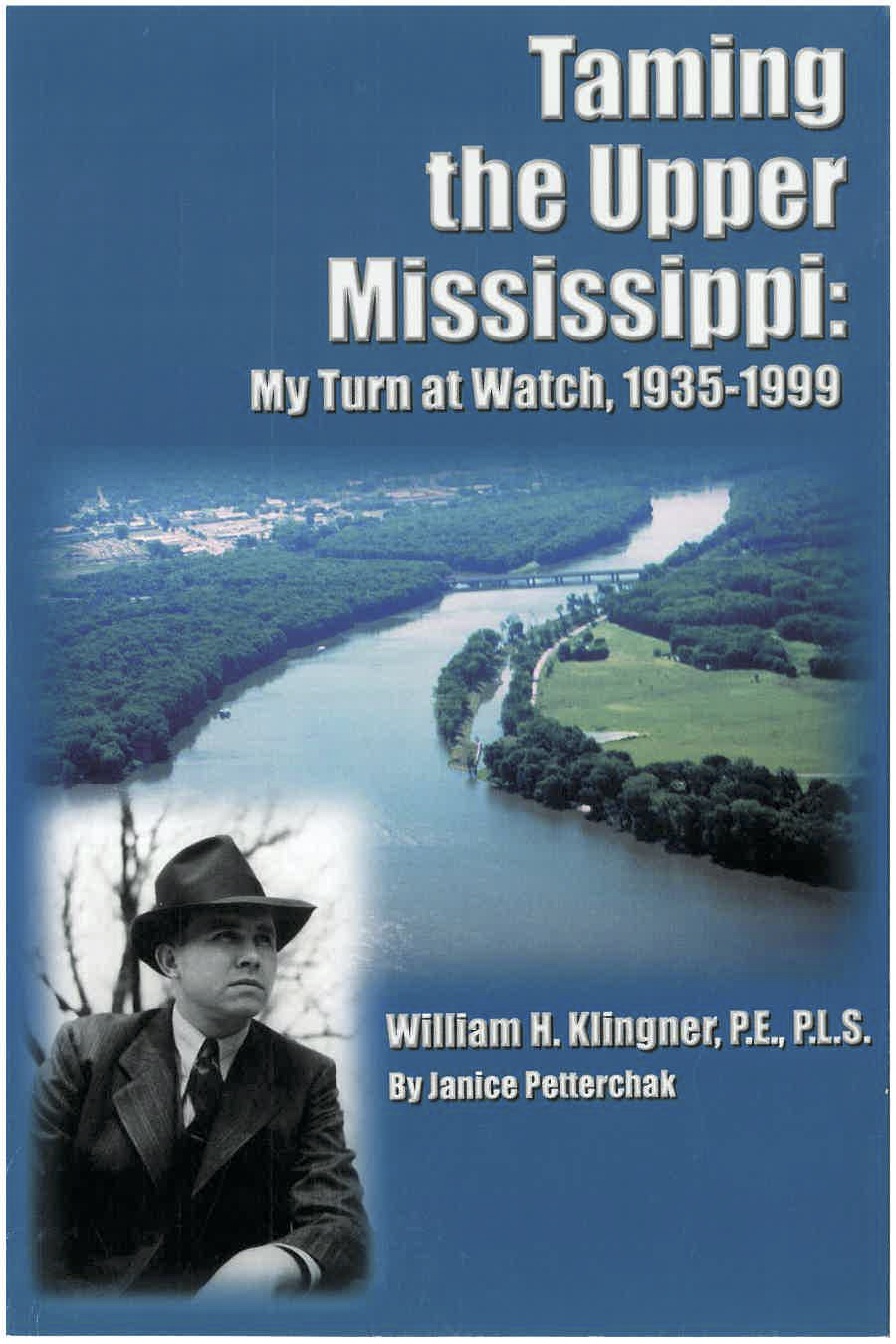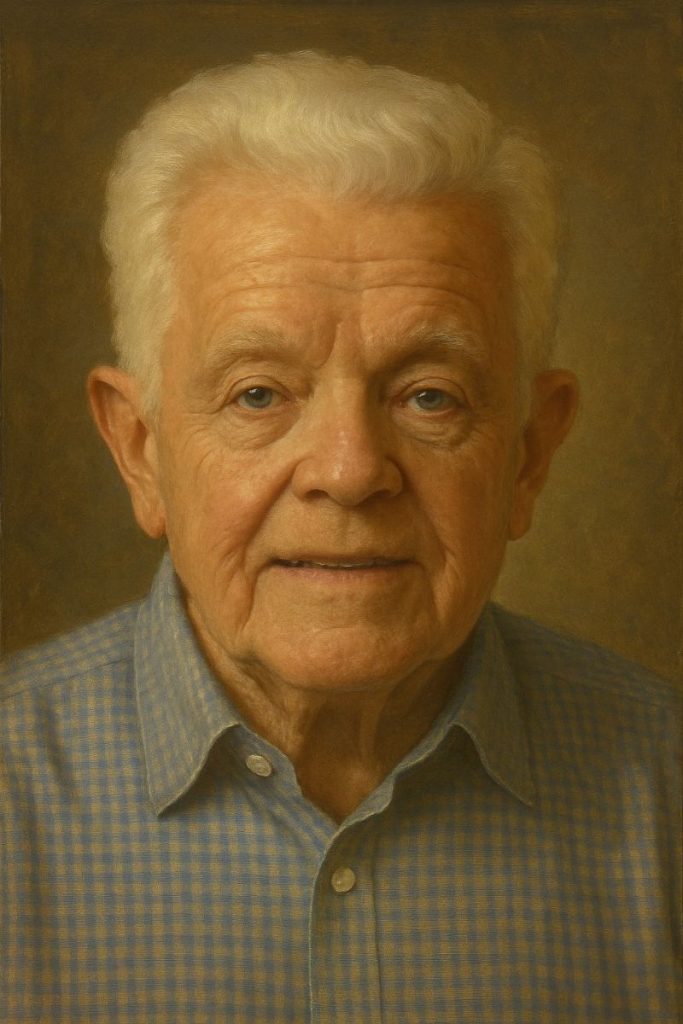Taming the Upper Mississippi, an introduction: Quincy would not be Quincy as we know it today without Bill Klingner

EDITOR’S NOTE: Muddy River News has received permission to reprint reviews and chapters from the book, “Taming the Upper Mississippi: My Turn at Watch, 1935-1999,” written by Janice Petterchak. The book reflects on flood protection, navigation and the environment on the upper Mississippi River through the eyes of Quincy engineer William H. Klingner.
Bill Klingner was an amazing visionary, engineer and planner.
Growing up, his brothers often said he got out of a lot of chores on the farm. His mother would say, “Leave Bill alone. He is thinking.”
Bill made his own toy cars and tractors, complete with working steering mechanisms made of tin cans and wood scraps from the farm. As an adult, Bill always was sketching ideas and planning for future engineering needs.
He was born in 1912, and he died in 1999. He has been gone for almost 22 years, but his engineering firm is still working on some of his project ideas — such as flood control for the Upper Mississippi River and a trail system along Cedar Creek in Quincy, first developed as a concept by him in 1946 that now carries his name.
He also was a conservationist. After graduating from engineering school at University of Missouri in 1935, Bill worked with the Civilian Conservation Corp U.S. Government Design and Supervision of Soil and Water Conservation Projects to improve drainage and erosion from St. Louis to Rock Island. He became a partner in the Quincy engineering/surveying firm McCann and Klingner in May 1936, then became sole proprietor in 1949, forming W.H. Klingner & Associates.
Bill designed numerous small-town water and sewer systems throughout western Illinois and northern Missouri. The Missouri Department of Conservation said years ago he was the only engineer in private practice who they were aware of that ever, on his own dime, went back on lake reservoir designs to evaluate and confirm his estimation on sedimentation rates.
His 1960-era design for the Sny Island Levee Drainage District sedimentation basins have far outlived the design criteria and still function today. His 1940s-era pump station for Indian Grave District, which used Army surplus equipment, still functions today. His 1969 pump station near New Madrid, Mo., was recognized by the Lower Mississippi Flood Control Association as the most efficient pump station on the Lower Mississippi River.
Bill developed an agricultural pump station technique of sizing the discharge pipe and pumping velocity to establish a natural siphon from inside the levee district to the river, greatly reducing the energy used in pumping. According to the Corps of Engineers research center in Vicksburg, only a few engineers in the nation fully understand this technique and have replicated it.
Bill also was an early preservationist. Although he worked for improvements and to design new engineering works, he also wanted to maintain the fine work of our forefathers. Bill kept and restored the 100-year family farm in Fair Grove, Mo. He also bought a farm near Unionville, Mo., and restored the oldest log cabin in Putnam County, Mo., which sits on grounds once used as a Union training camp.
As engineer for the Quincy Park District from its inception in 1946 to 1997, he advised the organization to keep the Villa Katherine and perform periodic repairs so it could be rented and eventually fully restored. Bill also advised the Quincy Park District to keep South Park and the River Bluff Parks as originally designed, encouraging maintenance of the historic features.
Bill bought one of the first Quincy homes placed on the national register, the Robert Gardner Home at 613 Broadway, to restore and use as an office. He further volunteered work to maintain the Lorenzo Bull House, which housed the Women’s City Club.
Quincy would not be Quincy as we know it today without Bill Klingner.
Miss Clipping Out Stories to Save for Later?
Click the Purchase Story button below to order a print of this story. We will print it for you on matte photo paper to keep forever.

